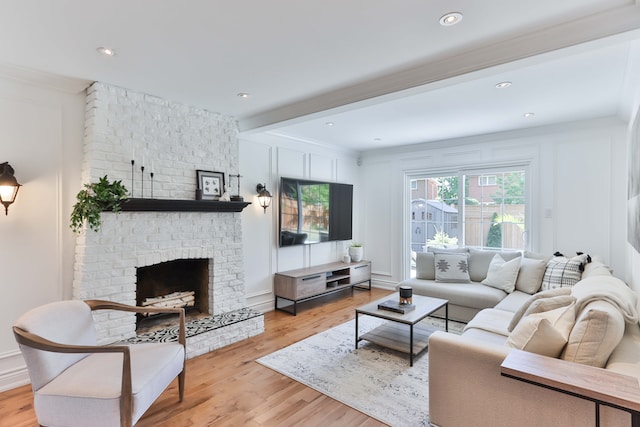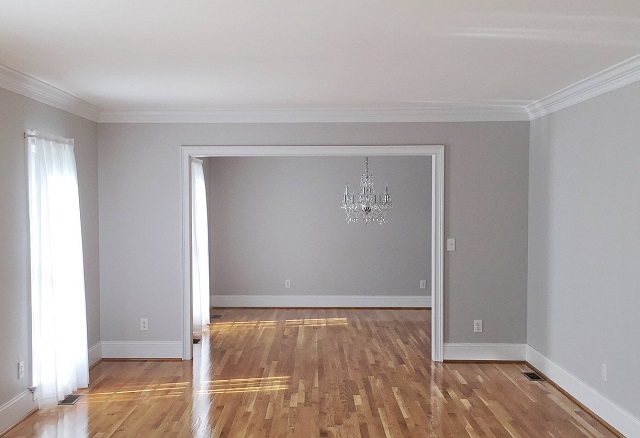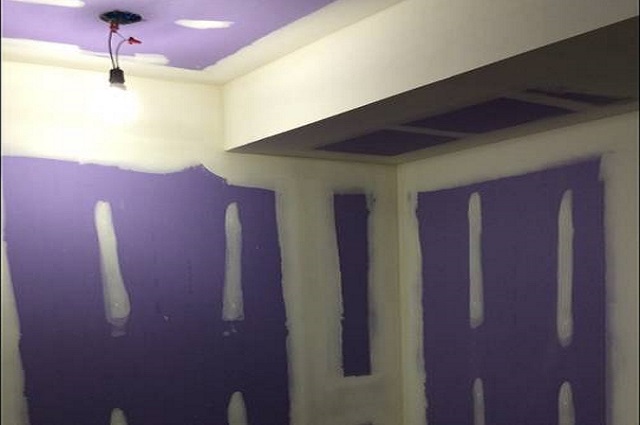DIY Projects to Save Money
Opting for do-it-yourself House Remodeling can significantly reduce costs. DIY projects allow homeowners to personalize spaces according to their preferences while keeping expenses at a minimum. By taking on tasks such as painting, installing shelves, or even simple repairs, individuals can save on labor costs and allocate more budget towards essential materials or upgrades that require professional assistance.
DIY Remodeling projects foster a sense of accomplishment and pride in homeowners as they actively participate in enhancing their living space. Not only does this approach save money, but it also enables individuals to develop valuable skills and knowledge in home improvement. Through careful planning and execution, DIY enthusiasts can successfully transform their spaces while staying within a budget that aligns with their financial goals.
Choose Cost-Effective Materials
Selecting cost-effective materials is essential to stay within budget without compromising on quality. Opting for durable and long-lasting materials can save money in the long run by reducing the need for frequent replacements or repairs. Consider the life cycle cost of materials, factoring in not just the initial purchase price but also maintenance and repair expenses over time.
Another key consideration when choosing cost-effective materials is to strike a balance between price and quality. While it may be tempting to always go for the cheapest option available, it is important to assess the durability, performance, and aesthetics of the materials to ensure they meet the project’s requirements without incurring unexpected expenses in the future. Conduct thorough research and comparison shopping to identify materials that offer the best value for your specific project needs.

Prioritize Renovations
Prioritize the areas that require immediate attention and contribute most to the functionality and aesthetics of your living space. Assess the condition of your home thoroughly and identify the key areas that need renovation to improve the overall quality of your living environment. By focusing on essential renovations such as repairing structural issues, upgrading outdated systems, and enhancing the overall functionality of your home, you can ensure that your investment delivers long-term benefits.
Consider prioritizing renovations based on the impact they will have on your daily life and the value they will add to your property. Addressing critical issues like plumbing and electrical problems, roofing issues, and insulation upgrades should take precedence over purely cosmetic improvements. Prioritizing renovations in this manner will not only enhance the safety and comfort of your home but also ensure that your budget is allocated efficiently towards projects that provide the most significant return on investment.
Utilize Existing Space Efficiently
The effective use of existing space is crucial in maximizing functionality and aesthetics. Before making any structural changes or additions, consider re-configuring the layout to fully utilize the available space. This may involve removing unnecessary walls or partitions to create an open and airy environment that enhances the flow of the room.
Think vertically to capitalize on storage opportunities within the space. Install shelving units or cabinets that reach up to the ceiling to make use of the vertical space and keep clutter at bay. Additionally, consider multi functional furniture pieces that serve a dual purpose, such as a storage ottoman or a fold-out desk, to optimize the functionality of the room without sacrificing valuable square footage.
Compare Quotes from Contractors
Obtaining quotes from contractors is essential to ensure you are getting the best value for your investment. It is crucial to gather multiple quotes from different contractors to compare their prices, timelines, and proposed scopes of work. This allows you to make an informed decision based on an evaluation of the overall cost, quality of work, and reputation of the contractor.
In addition to comparing the financial aspects of the quotes, pay close attention to the details provided in the estimates. Look for thorough breakdowns of labor and materials costs, as well as any additional fees or charges that may arise during the project. Keep in mind that the lowest bid may not always be the best option, as quality craftsmanship and reliability are paramount when selecting a contractor for your home renovation. By carefully reviewing and comparing quotes from contractors, you can ensure a smooth and successful renovation process.
Re purposing Furniture and Decor
When looking to cut costs on home decor, re purposing furniture and decor items can be a savvy solution. Instead of splurging on brand new pieces, consider breathing new life into existing ones by painting, reupholstering, or re purposing them for different uses. A worn-out dresser, for example, could be transformed into a trendy TV stand with a fresh coat of paint and updated hardware. By getting creative with re purposing techniques, you can achieve a refreshed look for your space without breaking the bank.
In addition to saving money, re purposing furniture and decor can also add a unique and personalized touch to your home. Whether it’s turning an old wooden ladder into a stylish bookshelf or re purposing mason jars into charming light fixtures, these DIY projects can help showcase your individual style and creativity. By up cycling items that might have otherwise been discarded, you not only save money but also contribute to a more sustainable and environmentally-friendly approach to decorating your home.
Maximize Natural Light
Maximizing natural light in your living space is not only aesthetically pleasing but also cost-effective. When designing a room, consider the placement of windows and mirrors to allow sunlight to filter in throughout the day. Opt for sheer curtains or blinds that can be easily adjusted to control the amount of natural light entering your home.
Choosing light-colored paint and furniture can help reflect sunlight, creating a brighter and more spacious feel in any room. Avoid blocking natural light sources with bulky furniture or heavy window treatments. By strategically positioning furnishings and selecting light-reflecting materials, you can make the most of natural light in your home, enhancing the overall ambiance and reducing the need for artificial lighting during the day.
Embrace Minimalism in Design
When it comes to interior design, embracing minimalism can be a powerful and impactful choice. Simplifying your living space by decluttering and focusing on clean lines can create a sense of calm and serenity in your home. Opting for a neutral color palette and incorporating functional pieces that serve a dual purpose can help to create a cohesive and harmonious look.
A key aspect of minimalism in design is the concept of “less is more.” By carefully selecting furniture and decor items that are essential and have a purpose, you can achieve a sophisticated and timeless aesthetic. Embracing minimalism also encourages mindfulness in your design choices, prompting you to prioritize quality over quantity and invest in pieces that will stand the test of time.
Invest in Energy-Efficient Upgrades
One key strategy to consider when upgrading your home is investing in energy-efficient solutions. Not only do these upgrades help reduce your carbon footprint, but they can also lead to significant cost savings over time. From installing LED lighting to upgrading to energy-efficient appliances, there are various options available to make your home more environmentally friendly and budget-friendly.
When selecting energy-efficient upgrades for your home, it is essential to assess your current energy usage and identify areas where improvements can be made. Conducting an energy audit can provide valuable insights into your home’s energy consumption patterns and help you pinpoint where upgrades are most needed. By strategically investing in energy-efficient upgrades, you can improve the overall efficiency of your home while also contributing to a more sustainable living environment.
Create a Realistic Budget Plan
To ensure a successful renovation project, establishing a realistic budget plan is paramount. Begin by conducting thorough research on the costs of materials, labor, and any additional expenses that may arise during the renovation process. It is essential to factor in unexpected contingencies to avoid overspending and potential delays in the project timeline.
Furthermore, seek multiple quotes from reputable contractors to compare pricing and services offered. Be diligent in reviewing the breakdown of costs provided in each quote to identify any discrepancies or areas where costs can be optimized. By creating a detailed budget plan that accounts for all expenses and allows for flexibility, you can navigate your renovation project with financial confidence and peace of mind.


